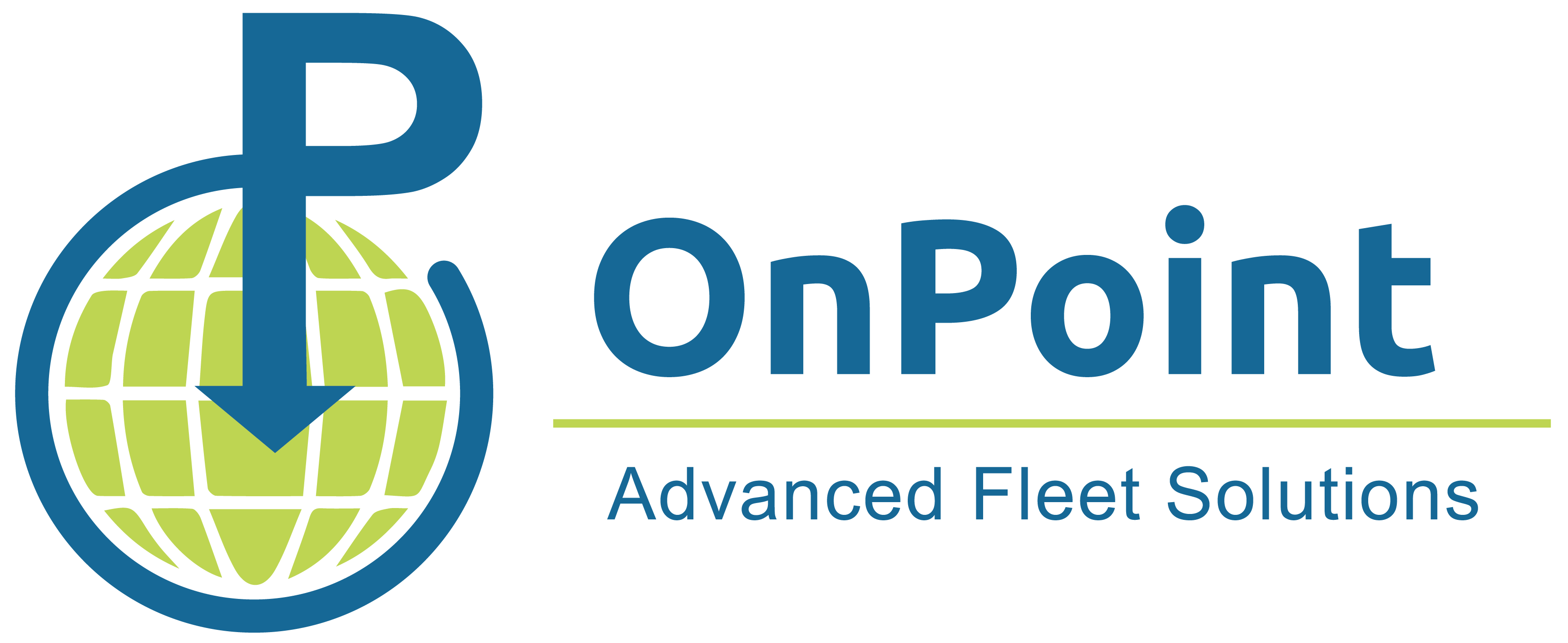Are you a business owner that owns and operates an accompanying fleet?
Then you’ve got another hat to wear: that of a fleet manager.
Regardless of your industry—plumbing, towing, pest control, construction—stretching your gas dollars while doing mobile work is of utmost importance. If your drivers are wasting fuel, you’re letting profits go down the drain. Once they buckle up and hit the road, how are you monitoring their efficiency?
This article highlights a handful of tried-and-true (plus more modern) fuel-saving tips that work, regardless of fluctuating fuel costs.
Consider Hands-Free Solutions Like Voice-Guided GPS
Distracted driving might not make much of a difference in a single day’s profits, but over time, the minutes add up—and become a hole to throw money in.
Additionally, it could pose certain dangers while driving. In 2019, 3,142 people were killed by distracted driving, which includes actively using one’s phone. If your drivers use hands-on GPS, it naturally leads to missed turns, less focus on the road, increased risk of accidents or traffic violations, and more.
When their hands are on the wheel (which, in some states, is the law), they’re paying more attention to the road. With voice-guided GPS, everything from navigating traffic to keeping a strict schedule is simpler.
Continuing Education: A Refresher on Speeding, Braking, and More
Something as simple as the manner of your employee’s driving could be wasting fuel.
Driving conservatively—i.e., driving the speed limit, using cruise control when applicable, maintaining a safe distance between vehicles—can increase fuel economy. The opposite is also true. Speeding, for example, increases fuel consumption, which decreases fuel efficiency, especially at speeds above 50 miles per hour.
Simply reducing one’s speed by five to ten mph can improve fuel economy anywhere from 7 to fourteen percent.
Harsh braking is another top offender, commonly caused by tailgating.
Have your drivers take driving courses, no matter how long they’ve been driving, as a welcome refresher. Real-time traffic routing can also help with this issue, as drivers have prior knowledge of their route.
Make the Most Efficient Route
Route optimization may improve your fuel efficiency by up to ten percent.
The most clear-cut routes mean fewer miles driven, fewer stops, and less time spent in traffic.
Route optimization directly affects cost efficiency. Look for the shortest, smartest path between two points, and consider things like time of day or number of drivers, too.
Fuel-Saving Tips for Keeping Your Profits off ‘E’
The more often your fleet is fueling up, the less worthwhile mobile jobs become.
If you’re saving gas, making fewer stops, and stretching every dollar, you’ll have more profits—allowing you to reinvest in your business in other ways. Consider these fuel-saving tips, and share them with your team members, too.
Our GPS tracking solutions are a great way to get started. From 24/7 vehicle tracking to geofencing alerts and more, you’ll sincerely appreciate our fleet solutions.
Click here to learn (and save) more.

